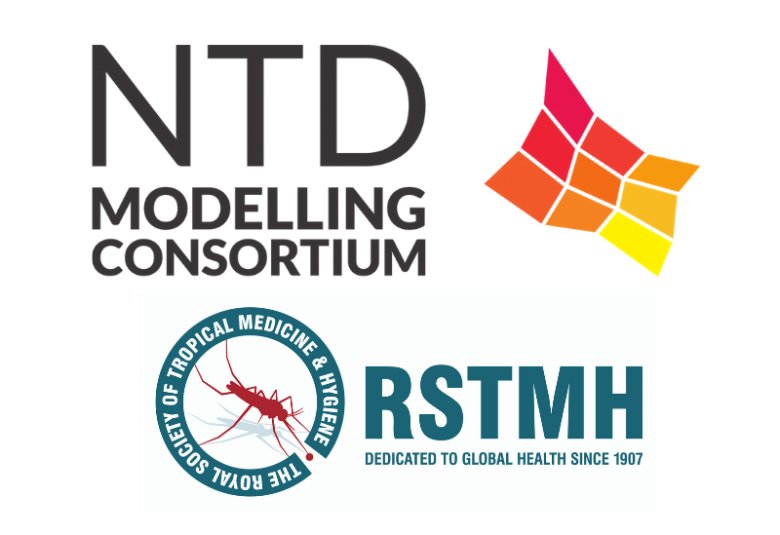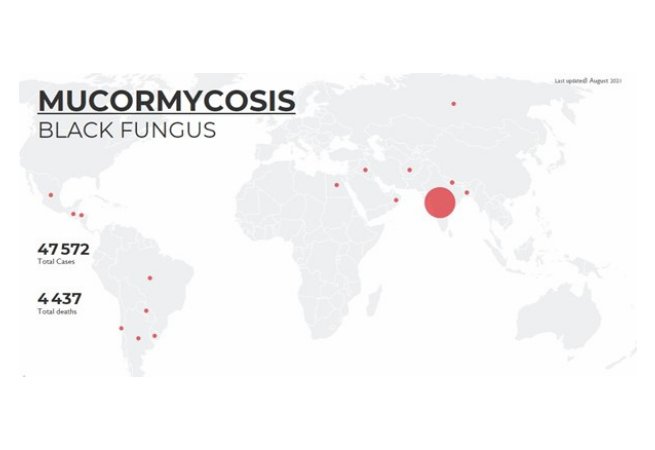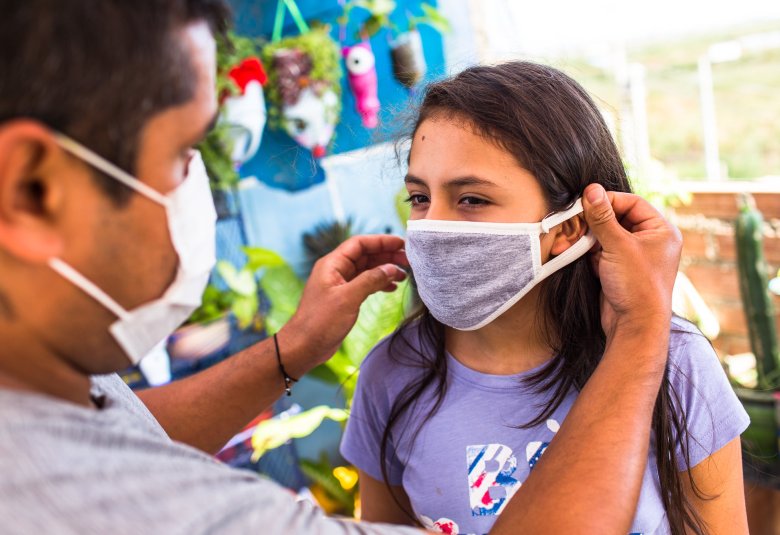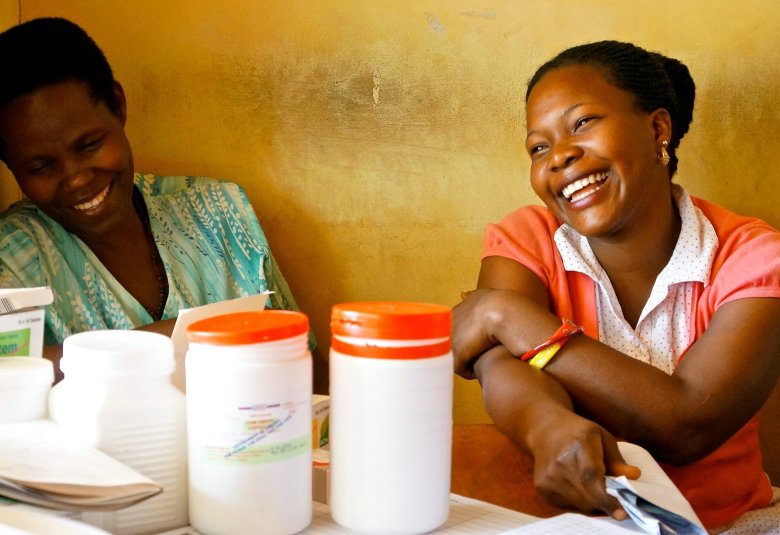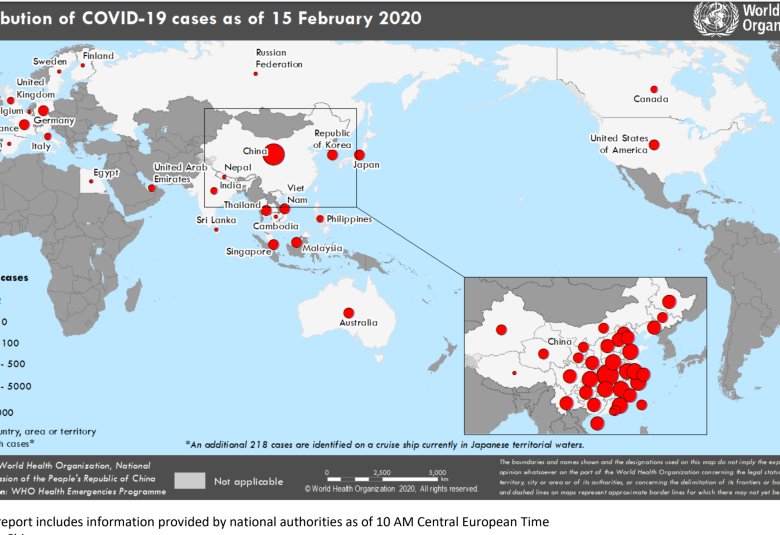Using dogs to detect COVID-19
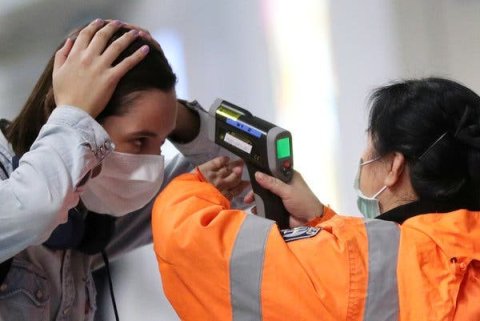
The coronavirus crisis has not only deeply affected those with COVID-19 infections, but it has also had an unprecedented global economic impact. The travel and tourism sectors have been particularly hard hit, with aircraft grounded, hotels closed, and travel restrictions and quarantines introduced in the UK and around the world.
Screening travellers for COVID-19 at airports is an attractive option that could prevent imported infections and may reduce the need to enforce quarantine on travellers. However, current practices, such as thermal screening are ineffective at detecting infected individuals who may be pre-symptomatic.
So, there remains a clear need for a sensitive, rapid, non-invasive means of screening large numbers of asymptomatic people – and bio-detection dogs could offer a viable solution.
Do diseases smell?
There is evidence to suggest that microbial infections are associated with the production of specific volatile organic compounds (VOCs), causing the release of distinct odours.This area of research has led to interest in using volatiles as biomarkers of infectious diseases, such as cholera.
More recently, for example, the London School of Hygiene & Tropical Medicine demonstrated that asymptomatic malaria infection also causes changes in VOCs, which vary throughout the infection.
Are dogs able to smell odours associated with disease?

We know that dogs have extremely sensitive olfactory systems, capable of detecting concentrations as low as 1.5 parts per trillion, and there is a growing use of dog for medical purposes. In fact, bio-detection dogs are already used in public health to diagnose cancer in samples from patients, to alert people with diabetes that their blood sugar is low and detect many other diseases.
Further to this, in a study published in the Lancet Infectious Diseases last year, the ARCTEC team at the London School of Hygiene & Tropical Medicine partnered with the Medical Detection Dogs charity and Durham University to demonstrate that dogs can detect the presence of malaria in human odour with an effectiveness greater than 90% - which is above the WHO’s standards for a diagnostic test.
Importantly, the dogs were able to detect malaria in individuals who were pre-symptomatic or asymptomatic, which is highly relevant for COVID-19 infection.
A study to discover if dogs can detect COVID-19
Backed by more than £500,000 of government funding, the same research consortium from the malaria study have teamed up again to investigate whether bio-detection dogs can identify COVID-19 through changes in body odour.
This initial proof-of-principle study will involve training six dogs over a 6-8-week period to identify asymptomatic or mild symptomatic COVID-19 infections from body and breath odour samples (325 positives and 675 negatives).
The samples are being collected from thousands of NHS staff, as well as members of the public with mild coronavirus symptoms, who must wear a face mask for 3 hours, and nylon socks and a shirt for 12 hours. Find more information here on how to volunteer as a participant for the study.
Once the dogs have completed their training at Medical Detection Dogs’ HQ in Milton Keynes, the data will be analysed to assess the dogs’ sensitivity and specificity accuracy levels for COVID-19.
Pilot trials will then begin at selected public locations in the autumn to assess the dog’s ability to identify the COVID-19 infection odour on test humans in a real-world setting.
The deployment of COVID-19 detection dogs
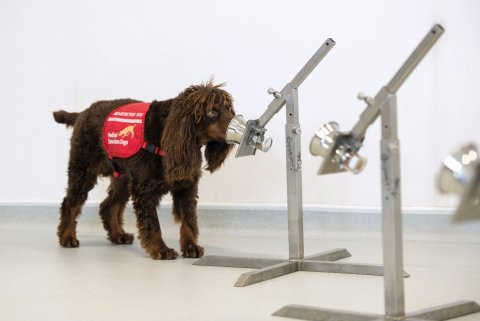
If bio-detection dogs prove to be effective in the detection of asymptomatic or mildly symptomatic individuals, there is enormous potential for them to be used at key entry points, such as airports and sea ports, to support efforts to screen departing or incoming passengers, which is crucial for ensuring safer, and fully operational, global travel in the future, and for any elimination strategies.
Each trained dog can screen up to 250 people in an hour and they could potentially be stationed before entering the terminal building, at the security checkpoint for outbound passengers and staff, and at border control for inbound passengers.
The research consortium is already in discussion with local governments, border agencies and dog training agencies regarding the operationalisation and deployment of COVID-19 detection dogs by the end of 2020.
Long-term disease preparedness and response
Looking beyond the current pandemic, the research consortium proposes the development of a preparedness and response platform using pre-trained pathogen detection dogs that could be trained and deployed rapidly during the early stages of an outbreak and be operational within weeks.
Disease detection dogs could help improve health security at border entry points by reducing the likelihood of re-introduction of COVID-19, and potentially other viruses, into at-risk countries.


